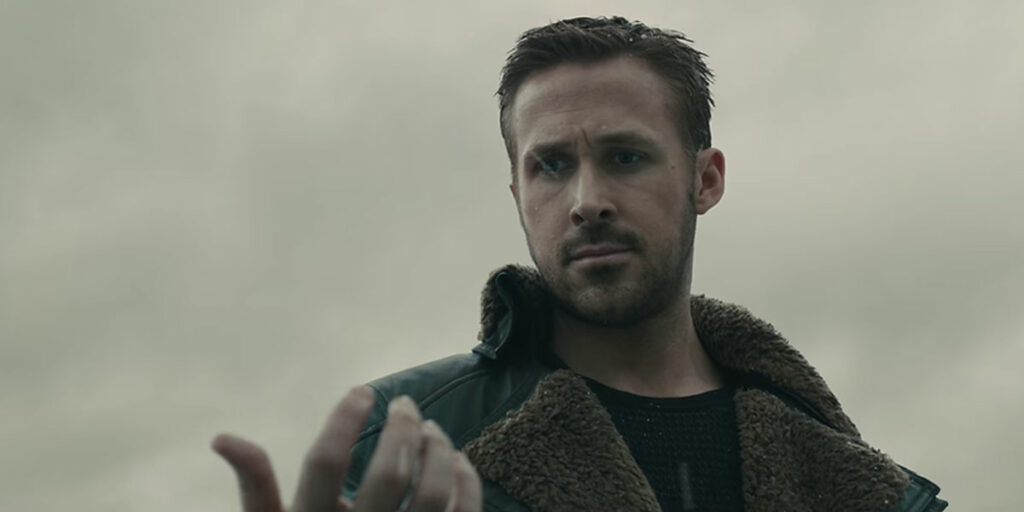We take a look back at Blade Runner 2049 and its box office failure, and see just why it failed to reach regular audiences.
Remember Blade Runner 2049? It hit theaters by storm in 2017. No one, from kids to adults, could stop talking about it. So many loved it that its theatrical release got extended twice, and it even got a rerelease three times after. Its popularity was so high that even heavy-hitting franchises like the MCU threw up their hands and pushed back Infinity War because they couldn’t face the Blade Runner 2049 hype. Remember all that?
Of course you don’t. Because none of that happened. In fact, almost the exact opposite happened. Yes, critics loved it and still look back on it very fondly, but it failed to reach audiences the same way. It was a complete box office bomb, with about $80 million loss when taking production and marketing into account. Other blockbuster franchises trucked on without a care, and even today, when you get together for a movie night with friends, you wouldn’t see someone suggesting, “Hey, let’s put on Blade Runner 2049 tonight!”
Directed by Denis Villeneuve, Blade Runner 2049 is the sequel to 1982’s Blade Runner, and takes place in a cyberpunk world where bioengineered humans called replicants are used for labor. Ryan Gosling stars as K, a replicant tasked with hunting and retiring rogue replicants. However, one of his missions goes awry when he discovers a secret leading from the previous film that could destabilize the entire social order.
I would like to clarify that I think this film is very interesting on paper. There is a lot of discussion about what is real or fake and it is explored well through its cyberpunk setting. It is a visual and auditory marvel, and I am glad I got to experience this in theaters. I like being challenged by films, and I like going back to look at different scenes, trying to figure out what the director was trying to say.
But in the end…I remember the film completely losing me during my first viewing. And even today, when I went back for a rewatch, I didn’t find it all that engaging.
But why is that? It’s not like Blade Runner 2049 is a terrible movie; again, critics loved it, praised its performances, visuals, and deep themes. Some pin the blame on modern audiences, saying they would walk out of the theater if there isn’t an explosion every five minutes. However, things are hardly so simple. Today, I examine Blade Runner 2049’s commercial failure and unpack just why the film failed to reach wider audiences, and how a truly engaging film should be told.
Blade Runner 2049’s Sluggish Pacing
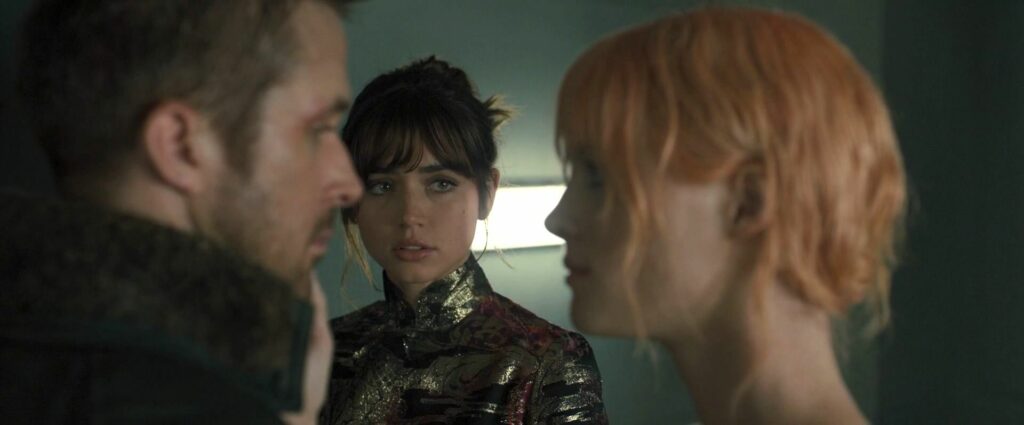
Now, there aren’t any big plot holes that make me lose my immersion. Blade Runner 2049 has a very simple plot: its protagonist, K, has a mystery he’s tasked with solving, and he goes around trying to solve it. But that is the problem. It’s a relatively simple plot that plays over 163 minutes.
Nearly the entire plot consists of K going to a place, investigating, finding a clue, going to another place, finding another clue, acting on that clue, and so on. If you read the Wikipedia summary of the film, you might think that’s not too bad. But when that is all the plot that’s told for nearly 3 hours, the pacing starts to weigh on your brain.
The parts of the story that feel like a detour aren’t helping. For instance, there is a pretty long sequence between K and his A.I assistant Joi (Ana de Armas) trying to have simulated sex by inviting a prostitute (Mackenzie Davis) to layer a hologram over. (That has to be one of the strangest sentences I’ve ever written) Now, thematically, there is a lot to think about. Is K’s relationship with Joi real because they are connecting emotionally? Or is it still fake because K is still not physically having sex with Joi?
However, when it comes to the overall plot, this sequence feels largely unnecessary. There is one way it ties back into the larger storyline, but that feels more like a throwaway connection. The pacing of the movie already felt like you were trying to run a marathon on crutches, but this is like building an obstacle course in the middle of the road to go over. It makes the overall story feel much more unfocused.
Slow Pacing of the Scenes
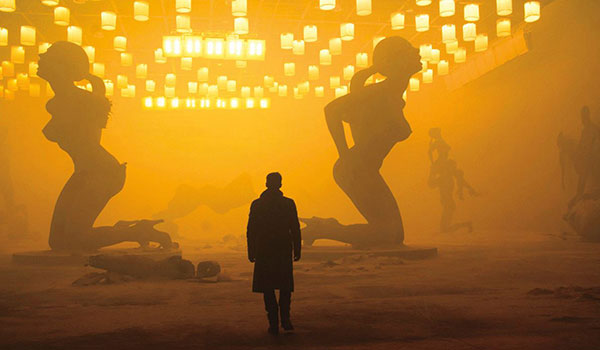
This issue with pacing extends from the larger plot and to the individual scenes as well: scenes move along so slowly. For instance, K finds a piece of evidence, then comes down some stairs, and discovers another evidence. That simple sequence takes him four minutes. Four minutes. You can heat up a microwavable mac-and-cheese during that time and you would miss virtually nothing.
I know what some of you might say. “Those slow-paced scenes build atmosphere and sometimes tension!” That’s true. I am not against slow paced scenes in general, every movie needs room to breathe. But when nearly every scene moves at that same deliberate speed, things start to feel like they drag out.
Let’s say that we have a scene where the protagonist walks through a dark building. At first, for maybe thirty seconds, you might give it your full attention. “What’s going to happen? What’s he going to find? Will he meet something? What is lurking in there?” But when those seconds turn into minutes, it becomes harder and harder to keep that same tense energy.
I often see people who defend this film saying modern audiences are too accustomed to stories moving fast. And while I don’t think that’s entirely wrong, isn’t there a natural limit to attention spans? Isn’t it entirely normal for our minds to wander off if a film takes too long with nothing significant happening? Films, unlike say books, require not just visual, but aural engagement as well, which takes a bigger toll on our senses, and thus our engagement is harder to keep with a slow pace.
When Subtlety Goes Too Far
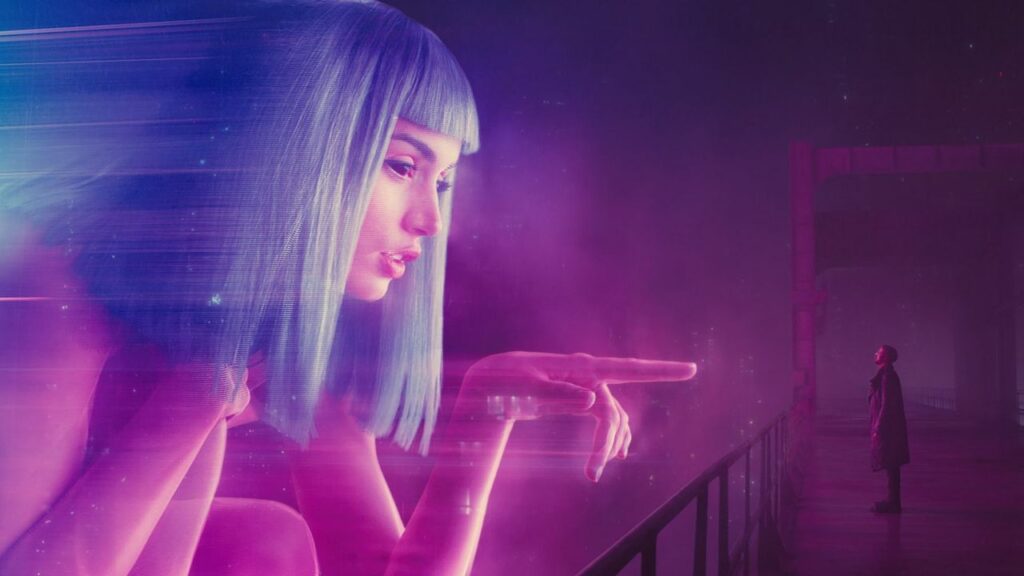
Another issue this film has is with subtlety. Now, I don’t always need a film to spell out everything for me, or have actors give an entire TED talk on what they are feeling at the moment. But at times, subtlety can be overrated, and in this film, I believe it was used far too much.
This is mainly with the performances. Not many people emote in this film. Even the main character, K, maintains his default expression so often that I initially wondered whether Ryan Gosling really was on set or they just used a mask and AI models for the job. Thing is, if you examine their expressions or tones over again, you find a lot of hidden details that give slight indications on how they are feeling. So, there’s ultimately no issue there, right?
Unfortunately, the general calmness of the performances creates a negative synergy with the aforementioned slow pacing. The film already takes a toll on our sensory energy through its pace. Thus, it is harder to catch those little nuances when you are already lulled into a state of inertness by the film. And when you fail to pick up the actual emotions in these subtle performances, the characters no longer stand out much. Thus, your immersion drops.
Lack of Action isn’t the Issue
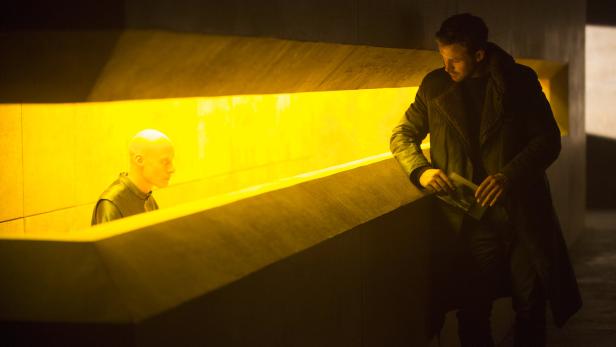
Now, it is at this point some might say, “So you want something to engage your senses? You should have gone to a Marvel movie then, why are you looking for action here?” But here’s the thing, sensory engagement doesn’t just come down to explosions and gunfire.
For instance, why do we love detective stories? It’s not because the detective suddenly takes out a minigun and mows down potential suspects while some 80s rock soundtrack blares in the background. It’s because we are enraptured by all the different clues, the twists and turns in the story that make it harder to predict the grand reveal. Audience engagement doesn’t come from just action, but from anything that immediately catches our attention.
Would it have been so hard to put something like that into Blade Runner 2049? The film already starts out like a detective story. Why not capitalize on that and give K more clues to find, more secrets to uncover? Those would have kept us engaged on a surface level long enough for the more subtle subtext to sink in. If a film doesn’t give anything to keep our attention, it is only natural the film will start losing said attention.
It’s not like Villeneuve cannot make an engaging slow burn film. Look at his next film, Dune. It is also very slowly paced and while there is some action, it doesn’t take up the forefront of the movie. But the difference is that here, we are diving into a pure fantasy world completely unknown to us. Therefore, even when the larger plot has yet to move on, we can be entertained looking at the various details about this universe. It is that kind of engagement that Blade Runner 2049 failed to grasp.
Great Themes Aren’t Everything

Now, as I said earlier, the themes of Blade Runner 2049 are very interesting. Those warrant a lot of engagement and discussion, and it’s why I struggle to call this a complete failure. But despite the critical praise, I don’t believe deep themes are all that takes to craft an engaging film.
Themes are like treasures you can dig up. You need to take time to go back to a movie, examine the same scenes again and sometimes compare to other scenes to catch dialogue or details you may have missed the first time. Only then do the puzzle pieces click into place and you can relish in your intellectual discovery.
Now let me ask this. Say that there are two patches of land. One has a mysterious structure built in it, with atmospheric lighting and a conspicuous patch of dirt in the middle. The other is just a flat, barren plain. Which of the two would you be more inclined to dig for treasure? If you chose the latter, well, I don’t want to bash your tastes, but you probably should cross treasure hunter off of your dream job list.
That is the overall issue with Blade Runner 2049, and where all the previous details I criticized come into play. When you go back to it and explore, Blade Runner 2049 is interesting. But the film does almost nothing in how it packages its themes to make you want to revisit it. With the slow pacing, the easily missable nuances, and lack of immediately interesting elements, there is no reason why someone wouldn’t just move onto a different film.
Why the Film Failed to Reach Audiences
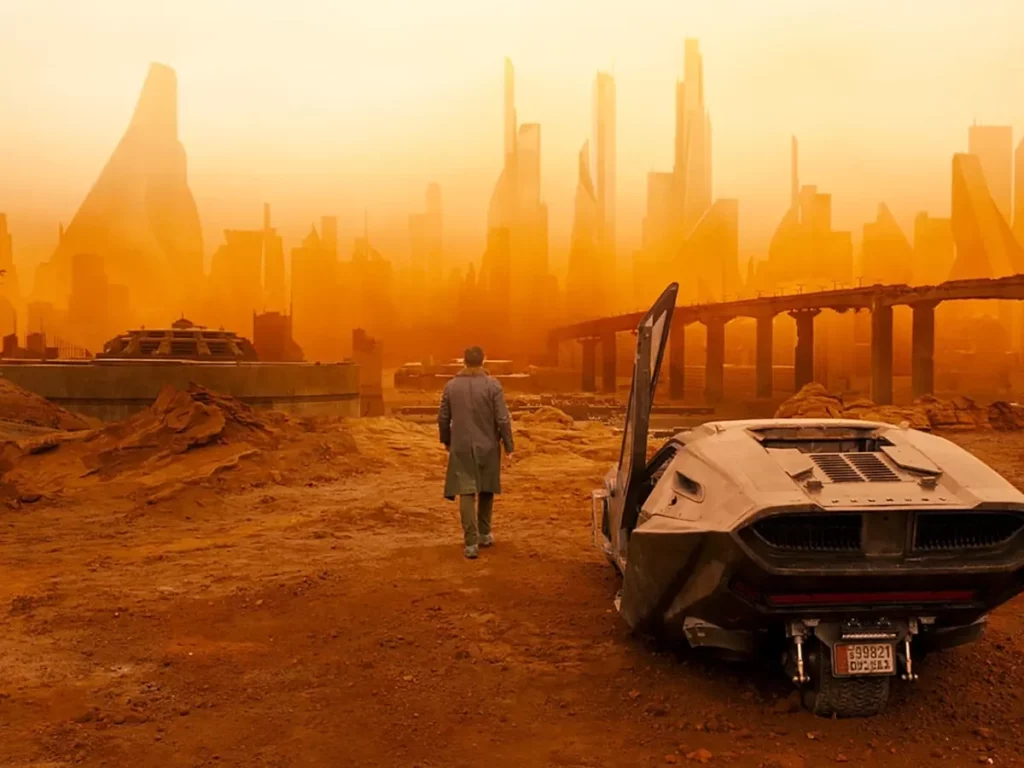
Perhaps I’m being a bit shallow here. But I feel that is inevitable when dealing with films. When you watch a film, the first and foremost thing you are going to focus on isn’t the subtext, sound design, or even the visuals; it’s the plot, and how serviceable it is. And when that isn’t engaging, I cannot be immersed enough to dive deep into the film.
And all of this is why I believe Blade Runner 2049 failed to find a large audience back when it released. Perhaps it says something when the DVD and streaming sales for the film fared better than the theatrical performance. In a streaming environment, where there is more time to replay, mull over, or watch in segments, the above issues with the film are alleviated.
Blade Runner 2049 still is an important film. But perhaps it’s not just important for its philosophical discussions, but also for what it teaches us on how to make an immersive story. While surface level engagement isn’t everything, it shouldn’t be overlooked either. Just as subtlety can be overrated, explicitness can be underrated, and I think this film is living proof of that.
Blade Runner 2049 is now available to watch on digital and on demand.

